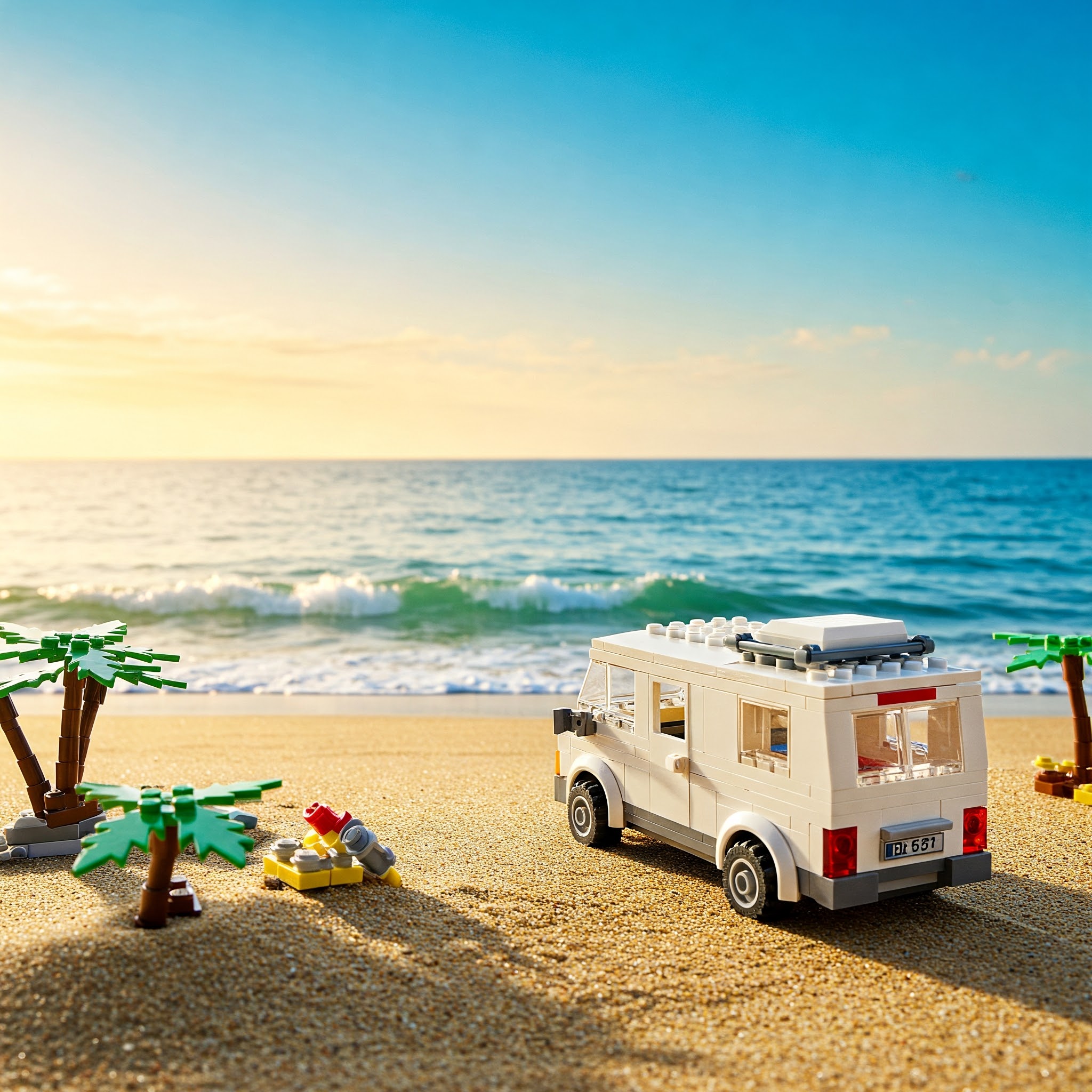I dont know, never used plex.
in what way?
you install it and start it, then add some libraries to it, make sure use use the right layout
- https://jellyfin.org/docs/general/server/media/movies
- https://jellyfin.org/docs/general/server/media/music
- https://jellyfin.org/docs/general/server/media/shows
then you can watch tv show or moves and listen to music, without a monthly sub

 1·4 hours ago
1·4 hours agoyour in luck, as I couldnt find the issue when I posted.
But there is an update to this 👉 https://github.com/nextcloud/android/issues/15822

 4·5 hours ago
4·5 hours agoNice landing page, but your top image doesnt load for me
Error 1033 Ray ID: 9aab2fffed8a293c • 2025-12-08 09:20:33 UTC Cloudflare Tunnel error
sure, you can see below that port 53 is only on a secondary IP I have on my docker host.
--- services: pihole01: image: pihole/pihole:latest container_name: pihole01 ports: - "8180:80/tcp" - "9443:443/tcp" - "192.168.1.156:53:53/tcp" # this will only bind to that IP - "192.168.1.156:53:53/udp" # this will only bind to that IP - "192.168.1.156:67:67/udp" # this will only bind to that IP environment: TZ: 'Europe/London' FTLCONF_webserver_api_password: 'mysecurepassword' FTLCONF_dns_listeningMode: 'all' dns: - '127.0.0.1' - '192.168.1.1' restart: unless-stopped labels: - "traefik.http.routers.pihole_primary.rule=Host(`dns01.example.com`)" - "traefik.http.routers.pihole_primary.service=pihole_primary" - "traefik.http.services.pihole_primary.loadbalancer.server.port=80"
What’s a Spotify?
Is it like jellyfin?

 3·16 hours ago
3·16 hours agoAnd all year round, in the UK so it does get cold
Docker by default will bind exposed ports to all IPs, but you can override this by setting an IP on the port exposed so thet a local only server is only accessable on 127.0.0.1
I do this with things that should go down my VPN only
https://docs.docker.com/reference/compose-file/services/#ports

 35·18 hours ago
35·18 hours agoThis is a know issue that has a very long issue on github, it started for me when Google changed the rules on full file access. But the latest version of the app has been rock solid.
I ended up downloading all my photos to my laptop and doing a sync from there

 2·2 days ago
2·2 days agoCan use your image as my 404 page please?

 1·5 days ago
1·5 days agoMy phone is long overdue a replacement, I’m stuck on android 12!
If you win, you have to share it with all the sub commenters
But who programs the ai programs?

 2·5 days ago
2·5 days agoYes that, don’t run a full desktop. Run the raspian light image.
My homelab was once 10 raspberry pis all networked up as a big mess.

 7·5 days ago
7·5 days agoI had issues with my instance and found 2 sites that helped, see if they have anything

 2·5 days ago
2·5 days agoYou need some automations to run if any of the exterior sensors change state, if they do save snapshots of exterior cameras and send you an alert. Once you get the alert you can then call the police if you think you need to, or in most cases just see that its the postie.
I have an automation run when both me and my wife are away that will turn off all lights and turn on 2 automations, the 2 automations are if motion on the drive send me a photo and if the exterior door sensors change state send an alert

 2·5 days ago
2·5 days agoIt ok, but you will need an external signaling server to make it work over NAT. Also it’s only good for a few in video chat as the load peer to peer.

 2·8 days ago
2·8 days agoI would echo that, I’ve been a generalist computer whatnot for over 10 years. I have had to learn to network, virtual network with VMware. Manage Linux servers, then virtual servers. Switch from VMware to aws and understand basic terraform, with ansible learning as well.
Where I work we are on ansible repo 3 I think, as we have matured in how we use it and what works and what doesn’t.
When homelabing, you get to be all the things a big company would have job roles for.














that sounds like its missing the MQTT auto discovery topics, you could write a shell script to add that. or there might be a HACS thing to do it